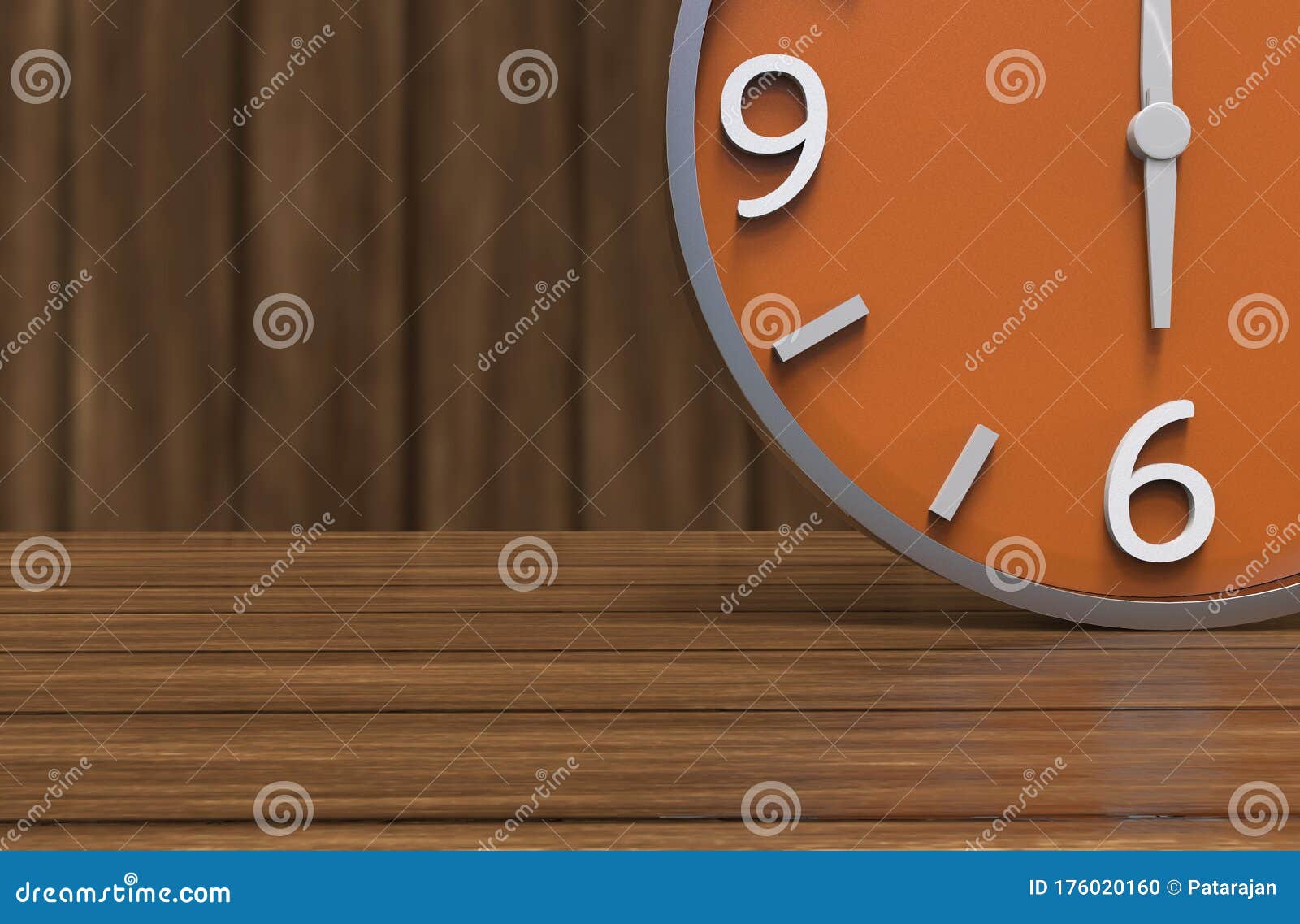

So set a bedtime/night time rule that when the light is off, or the clock doesn’t show the “Magic 7” yet, your child must remain in bed and quiet.įor the kiddos who regularly wake-up before 6:00 am, especially, teaching them they have to remain in bed, lying down, and quiet until their light comes on can actually re-train them to fall back asleep and re-set their body clocks to a more reasonable time!Īnd depending on your child’s age and “house rules,” you get to decide what happens when the light comes on – can the child get out of bed, or is that when a parent will come and get her?įor older children who can handle a bit more freedom, their rule might even be they need to stay in their room until the clock changes, but may read or play quietly until then. My favorite use of toddler clocks is for the toddlers and older kids who wake up super early. Although those early risers are cute, few people want to start their day before 6:00 am or if you’re a morning person, you probably want to start your day solo. How Toddler Clocks Can Support Your Child’s Sleep Early Morning Wakings The most popular toddler clocks, including my favorite.
#Kids wake up time clock how to#
How to introduce a toddler clock to your child.What age you can start using a toddler clock.How toddler clocks can help your child sleep more independently.With this new found independence and language often comes some sort of sleep regression or change in sleep patterns, and one great tool to introduce at this time is a toddler clock!Īround two years (and older) is a great time to introduce a clock, as toddlers have some understanding of rules and boundaries and they get excited about new or special gadgets.Įven if your toddler is not struggling with sleep, it’s still a great tool to introduce/implement! In this post I’ll share:


Whether you call them the “Terrible Twos and Threes” or “Terrific Twos and Threes,” we all know that toddler life is crazy – good crazy and messy crazy.


 0 kommentar(er)
0 kommentar(er)
